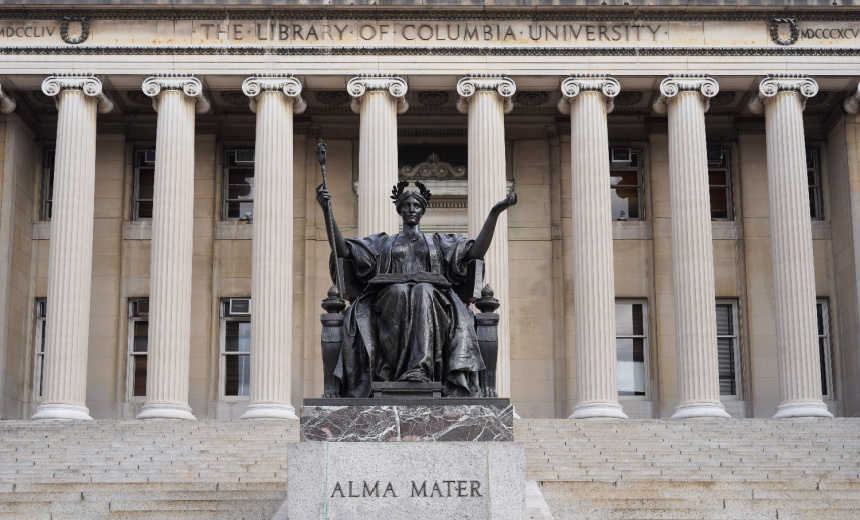Cybercrime,
Fraud Management & Cybercrime,
Incident & Breach Response
Experts Warn Funding Gaps Elevate Cyber Risk

A recent cyber breach at Columbia University has underscored the vulnerabilities that higher education institutions face in a rapidly evolving threat landscape. As reported, a hacker associated with political motives claimed to have stolen significant amounts of data amidst ongoing tensions linked to U.S. political figures and socially contentious issues.
On June 24, the incident escalated as images of President Trump were displayed on Columbia’s campus monitors, coinciding with the shutdown of crucial IT systems. The hacker reportedly seized 1.6 gigabytes of data related to 2.5 million student applications, with a claimed goal of investigating the university’s compliance with a 2023 Supreme Court decision regarding affirmative action. Columbia has engaged cybersecurity firm CrowdStrike to assess the full implications of the breach, remaining largely silent on specific details.
According to university officials, the sophisticated nature of the attack indicates a targeted approach aimed at not just data theft but advancing a particular political agenda. “The hackers demonstrated a level of sophistication that is alarming,” stated a representative, emphasizing the calculated nature of the breach.
Despite the institution’s substantial financial resources, challenges such as dwindling budget allocations and an organizational culture that prioritizes openness can hinder effective cybersecurity measures. Travis Rosiek, the public sector chief technology officer at Rubrik, highlighted that funding constraints, exacerbated by a reduction in federal support and declining enrollment, often leave universities ill-equipped to implement robust cybersecurity infrastructures.
Research indicates that the higher education sector is experiencing an unprecedented wave of cyberattacks, with reports citing a nearly 70% increase in attacks in 2023 alone. Microsoft’s recent findings underscore that educational institutions are increasingly targeted by sophisticated cybercriminal groups, sometimes backed by nation-state actors, which exploit vulnerabilities to gain access to sensitive data.
The University of Columbia’s breach is further compounded by political pressures from the White House regarding its handling of student protests related to international issues. National security experts warn of potential retaliatory digital attacks as geopolitical tensions escalate, raising the stakes for institutions that may appear to be aligned against certain political interests.
A university source described the hacker as a “hacktivist,” emphasizing that the motivations behind the breach diverge significantly from typical ransomware attacks. The scope of the attack remains undetermined, with investigations expected to take several weeks or even months to fully evaluate the extent of data compromised.
In light of this incident, it is crucial for university administrators to grapple with the realities of cybersecurity funding and resilience. Under-investing in these areas may yield short-term savings, but the potential long-term costs in terms of recovery and damage control are significantly greater. As the Cybersecurity and Infrastructure Security Agency (CISA) notes, educational institutions must prioritize advanced threat detection and response capabilities to navigate today’s complex digital threat environment.
